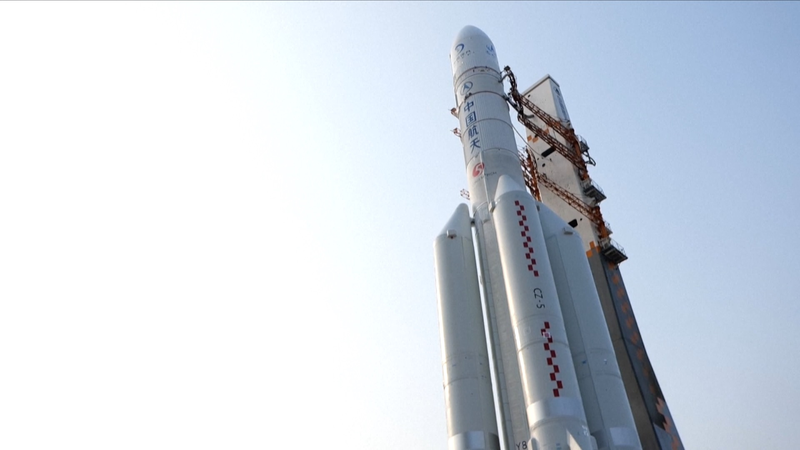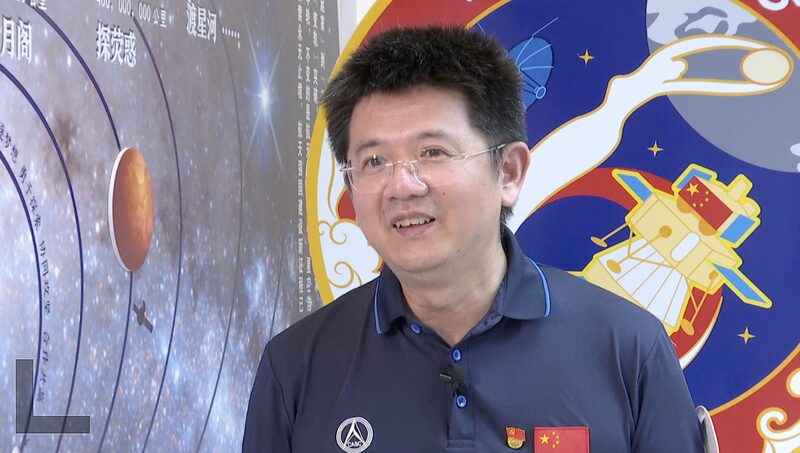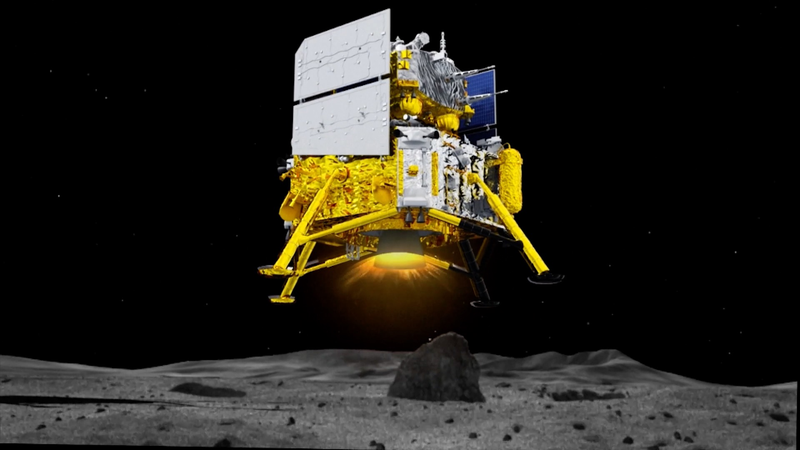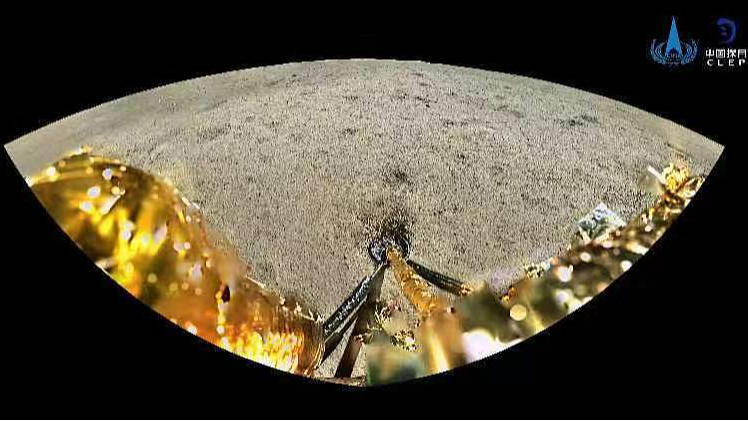China is preparing to embark on its next ambitious lunar exploration with the Chang’e-6 mission, aiming to collect samples from the Moon’s far side, specifically the South Pole-Aitken (SPA) Basin. Following the success of the Chang’e-5 mission, which brought lunar samples back to Earth in 2020, Chang’e-6 is set to further advance our understanding of the Moon’s geology and the solar system’s history.
Mission Objectives
The primary goal of the Chang’e-6 mission is to collect and return samples from the SPA Basin, one of the largest and oldest impact craters in the solar system. By analyzing these samples, scientists hope to gain insights into the Moon’s formation, the early solar system, and the impact history of celestial bodies.
Technological Challenges
Landing on the Moon’s far side presents significant challenges due to the lack of direct communication with Earth. To overcome this, China will rely on the Queqiao relay satellite, launched during the Chang’e-4 mission, to facilitate communication between the lander and mission control.
International Collaboration
The Chang’e-6 mission also involves international cooperation. France, Sweden, Italy, and other countries are contributing scientific instruments to the mission, highlighting China’s openness to global partnerships in space exploration.
Significance for Lunar Exploration
The mission is expected to set a new milestone by becoming the first to return samples from the Moon’s far side. This achievement will not only enhance scientific knowledge but also demonstrate China’s growing capabilities in space technology and exploration.
Looking Ahead
Chang’e-6 is part of China’s larger Lunar Exploration Program, which includes future missions like Chang’e-7 and Chang’e-8, aimed at exploring the lunar south pole and establishing a research station prototype.
As the world watches, the success of Chang’e-6 could pave the way for more ambitious endeavors, including manned lunar missions and deeper space exploration.
Reference(s):
China's lunar exploration: What to expect from Chang'e-6 mission
cgtn.com







